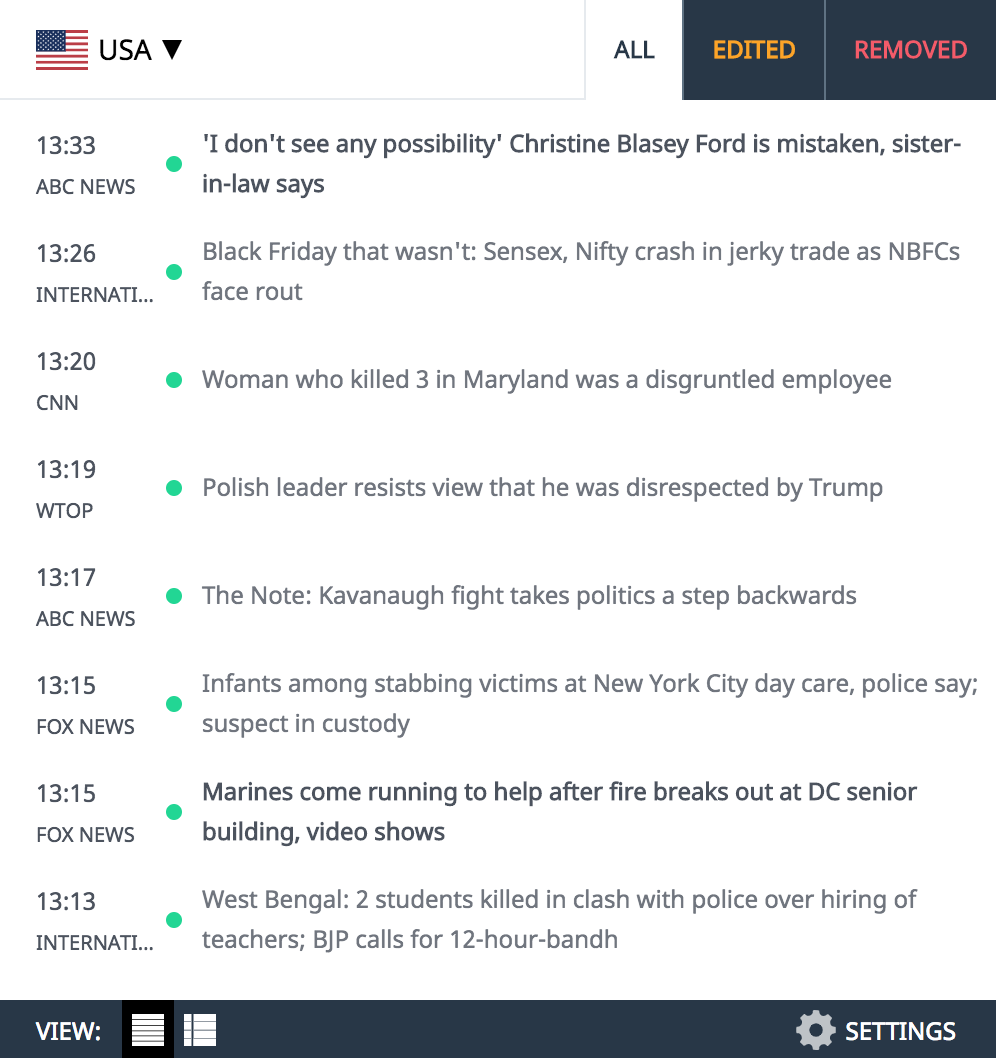© 2023 Global News, a division of Corus Entertainment Inc.
It’s a rare insight into how Calgarians cope without a place to call home as the wait for placement in affordable housing in Calgary gets longer and longer.

Prior to the first snowfall of the year, several Calgarians experiencing homelessness shared their experiences, challenges and concerns with Global News.
Bonded by mutual trauma, many describe a “street family,” brought together by different circumstances.
“We just look out for each other, we take it as a big family,” Michael Preston Montour told Global News. “When the system fails you, and your family fails you, you only have the ones that are doing the same thing with you.”
Montour has been living on the street for the past five years after being estranged from his family.
He spoke to Global News amid a Calgary Bylaw-led clean-up of encampments along Dermott Baldwin Way S.E., a nearly daily exercise after concerns of a criminal element outside the Calgary Drop-In Centre.
Story continues below advertisement
The makeshift homes can be seen around the city, as nearly a third of those experiencing homelessness avoid using the emergency shelters, according to the Calgary Homeless Foundation point-in-time count.
Montour is not allowed inside the Calgary Drop-In Centre, he said, because of an incident with staff.
“The living conditions are horrible, it’s over-packed, and you’re sleeping on mats on the floor,” Montour said. “We have numerous people coming in and out of a building only regulated for so many people.”
Officials at the Drop-In Centre said there is capacity in the more than 100,000 square foot building, but there is work underway as part of its winter strategy to avoid crowding, like specialized or sober-only spaces, and more dispersal of clients throughout the building.
“As a housing-first shelter, our goal is to get people reintegrated into the community as quickly as possible,” Calgary Drop-In Centre executive director Sandra Clarkson told Global News. “With no housing for people to go to, our numbers just keep increasing… We anticipate they’ll be higher this winter than they’ve been since 2019.”
According to the Calgary Homeless Foundation (CHF), there were 2,782 individuals experiencing some form of homelessness in Calgary in 2022. Thirty per cent of those identified as Indigenous.
Story continues below advertisement
The concern is those numbers are anticipated to be higher in 2023 amid a growing affordability crisis and an increasingly potent and toxic drug supply.
One man who identified himself as ‘Swayze’ told Global News he has repeatedly attempted to get sober but grapples with an addiction to crystal meth.
“I’d rather quit than do more drugs, but it’s harder said than done,” he said. “I am ready, it’s just a little bit harder for me because I worry about a lot of people. I don’t want to disappear and go get better and then come back and ‘hey so-and-so died.'”
Lisa Metcalfe also struggled with addiction and is now sober; she’s hoping to find a home after nearly 20 years of experiencing some form of homelessness.
“It’s been too hard seeing people die every day, I can’t do it anymore,” she said. “You think because you’re out here and you’re homeless you don’t matter? Yeah, you do.”
Twenty-five outreach organizations across the city continuously coordinate to assess, refer and triage clients to different services with the goal of finding them housing. The issue, according to the CHF, is there aren’t enough homes.
Story continues below advertisement
“We have 1,900 people waiting for a home, and we have an affordable housing crisis in Calgary,” CHF president Patricia Jones told Global News. “We try and stabilize people in the shelters as long as they can, but you and I both know that a shelter is not a home.”
However, Clarkson said the opioid crisis is a situation that’s unlike anything she’s seen before, adding it has “forever shifted” the work of low-barrier emergency shelters.
The Drop-In Centre reported 1,856 drug poisonings in the shelter in the 2022-23 fiscal year.
“I think what people are not taking into account is the level of need or complexity of the people we are currently seeing come through our doors,” Clarkson said.
One gap that’s been noted in the system is specialized, long-term shelter faculties for individuals with highly complex needs, which require a gambit of wraparound services.
“As much as we would hope that everybody can transition and be in a home and have a job, and have a fulfilling life, there are some people that I think as a society, we’re obligated to take care of,” Jones said. “We have a gap in services. We need some facilities with wrap around services for people to live out the rest of their lives in dignity.”
Story continues below advertisement
The hope is more affordable housing can be built in Calgary, as the city begins work to implement its newly-approved housing strategy.
Calgary’s housing strategy included several recommendations that aim to make it easier and incentivize the construction of more affordable, subsidized, and Indigenous-specialized housing.
The concern is it will take time, as the need and wait lists continue to grow.
“Just because they come back to a homeless shelter, it doesn’t make them a bad person,” Montour said. “It doesn’t make them somebody who doesn’t deserve to have a home.”
—with files from Global News’ Jehnifer Benoit


